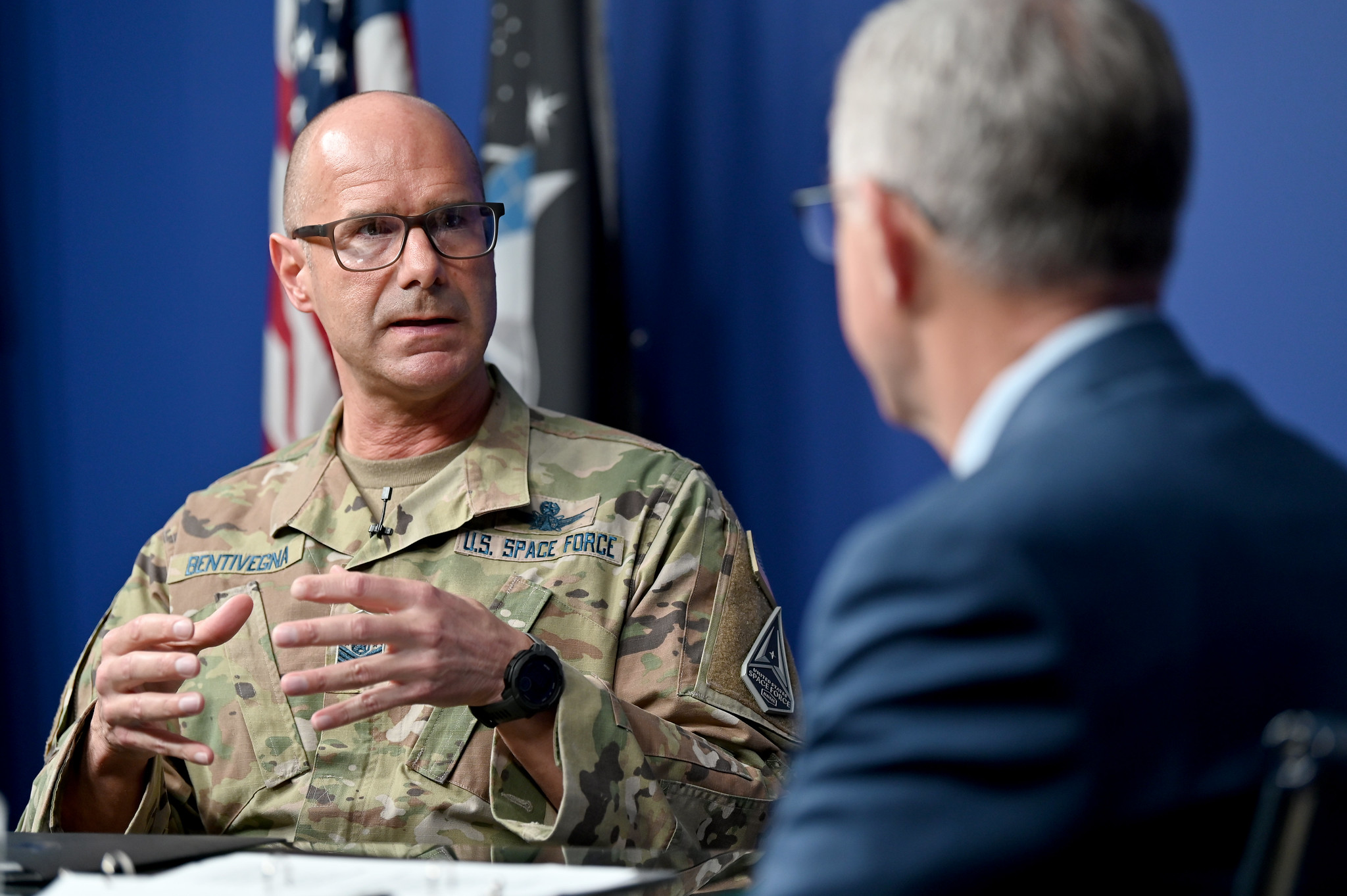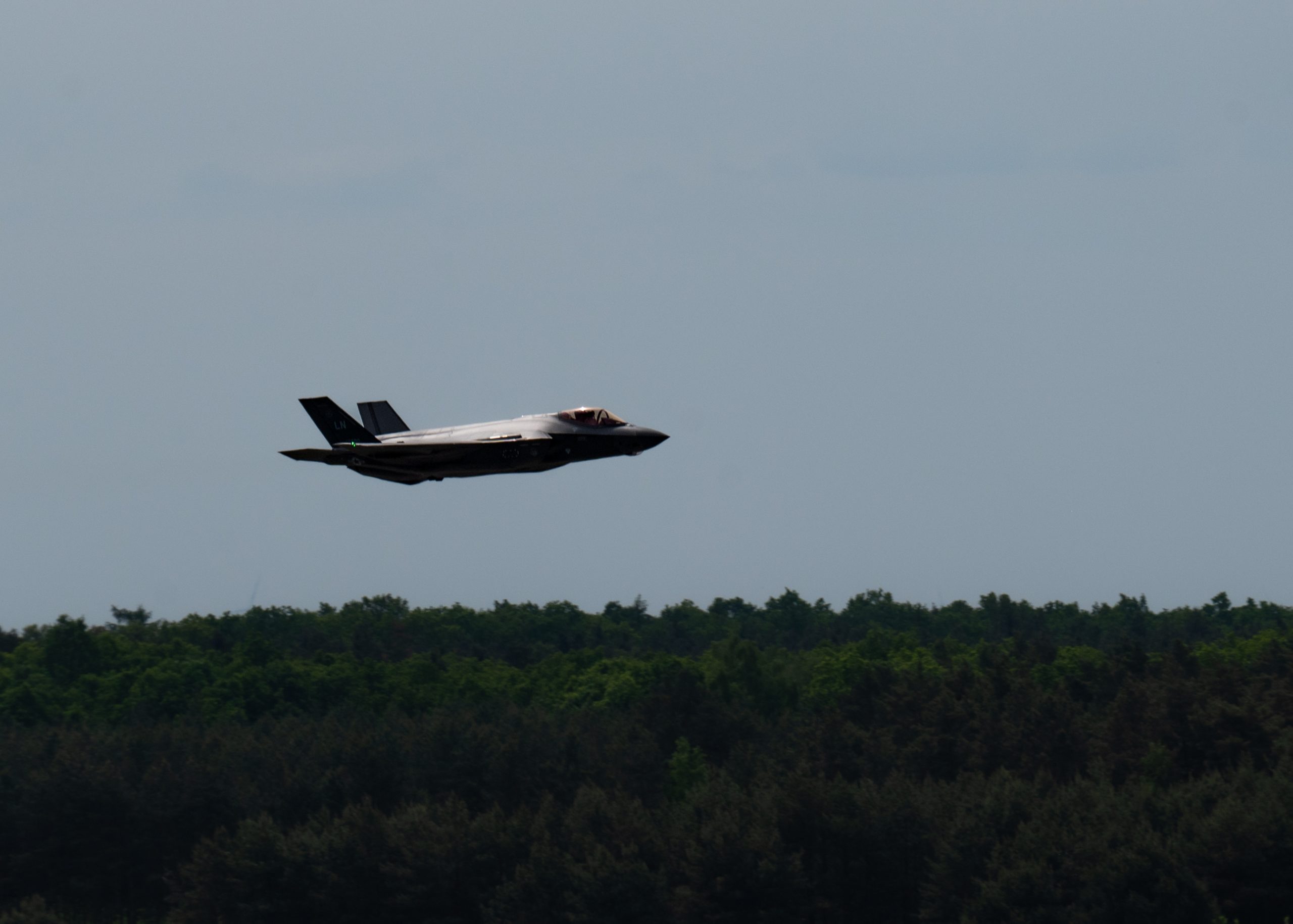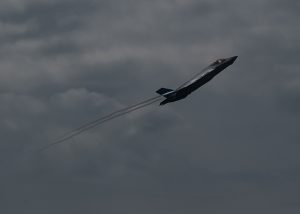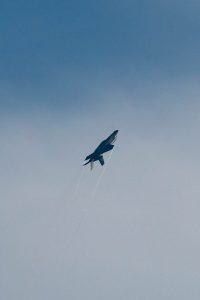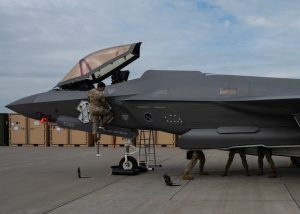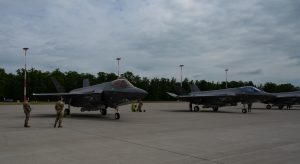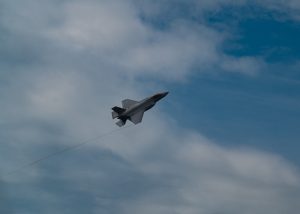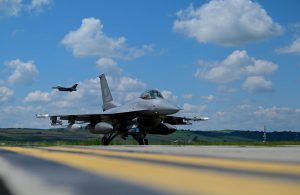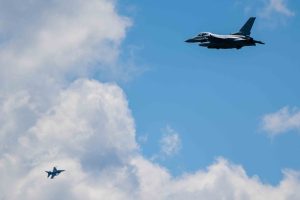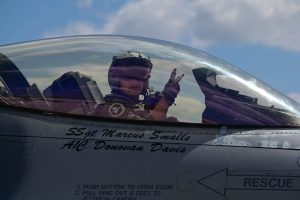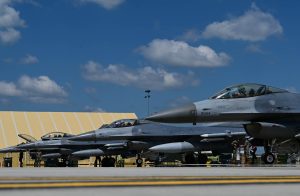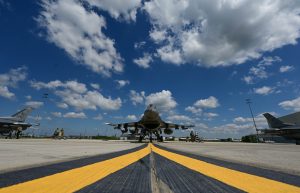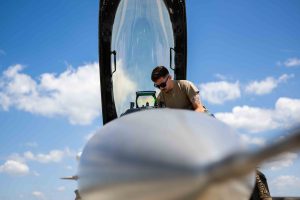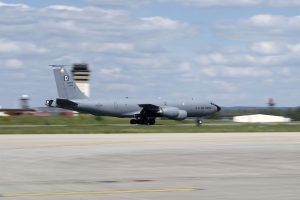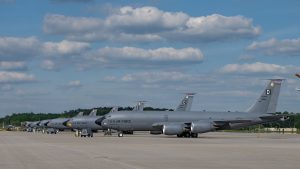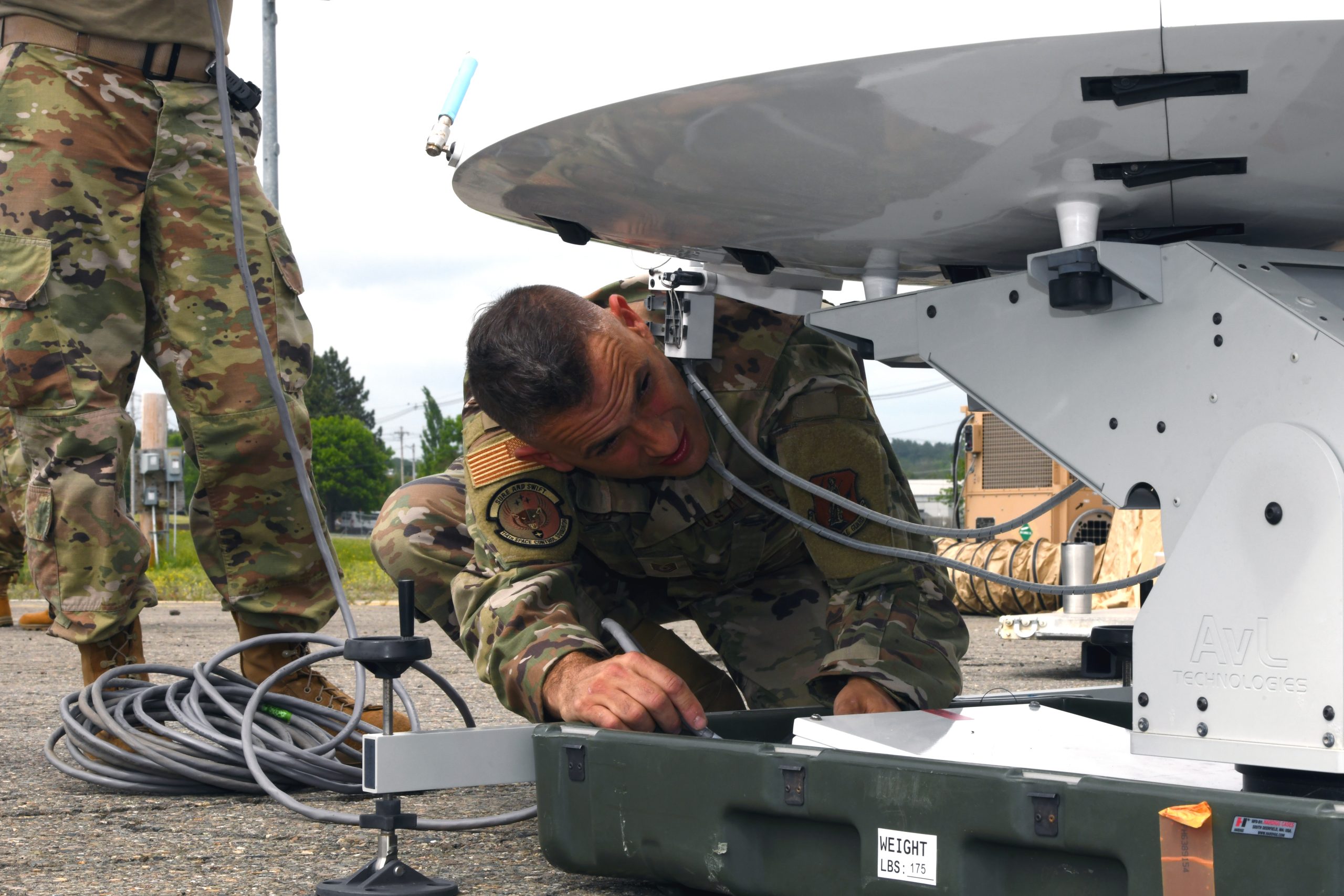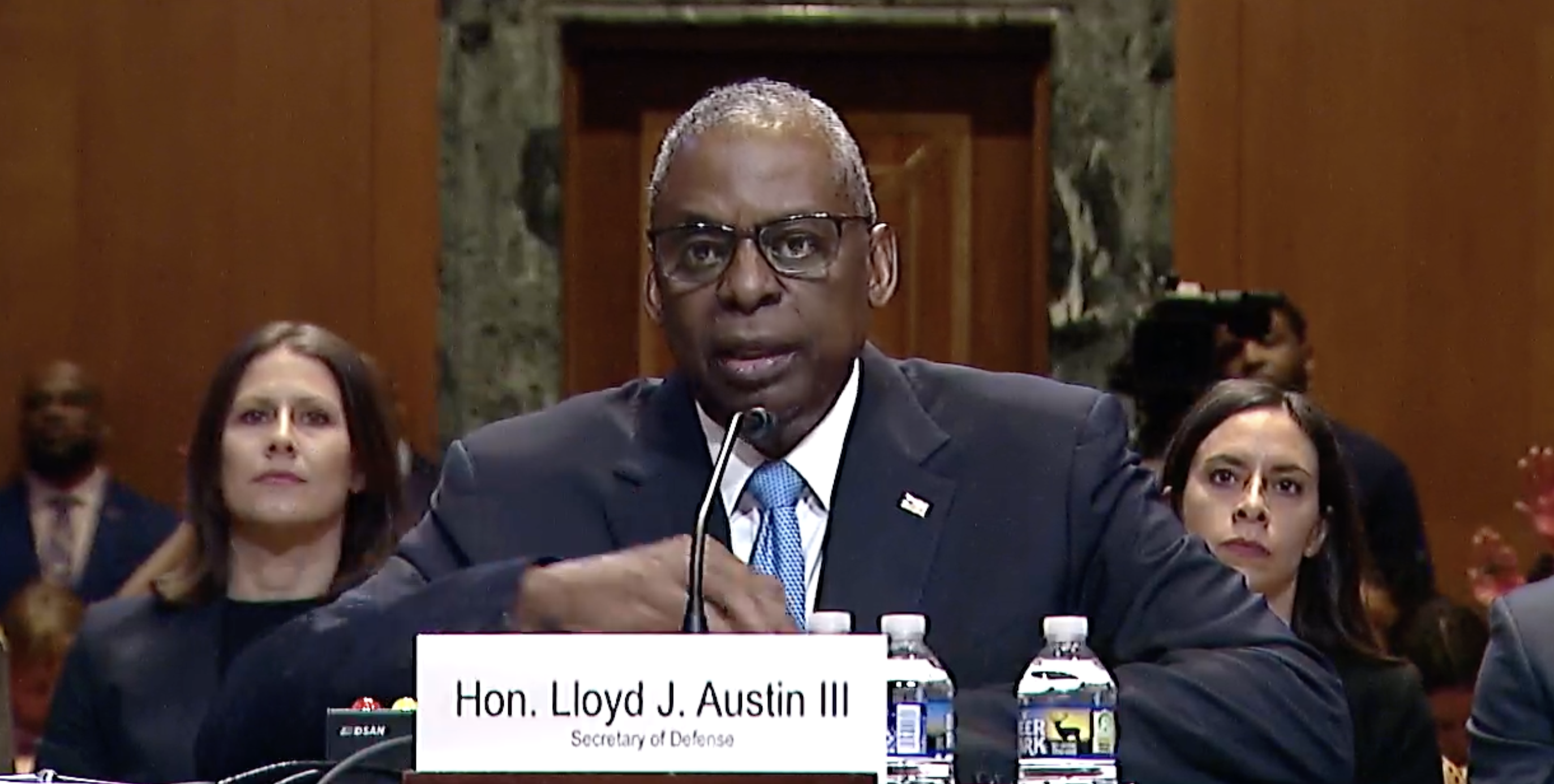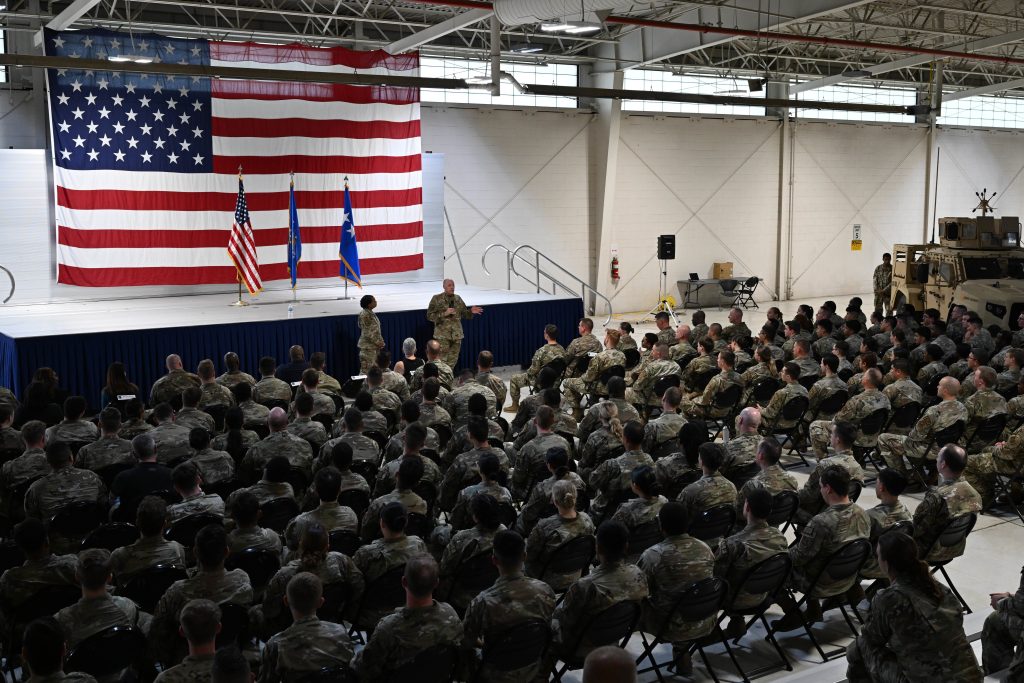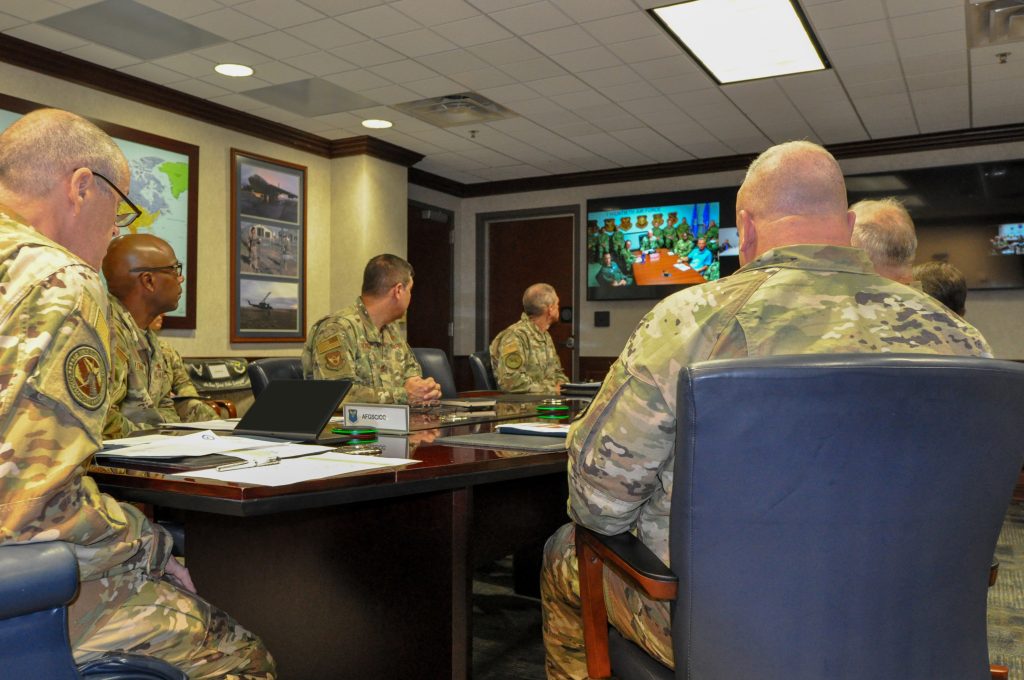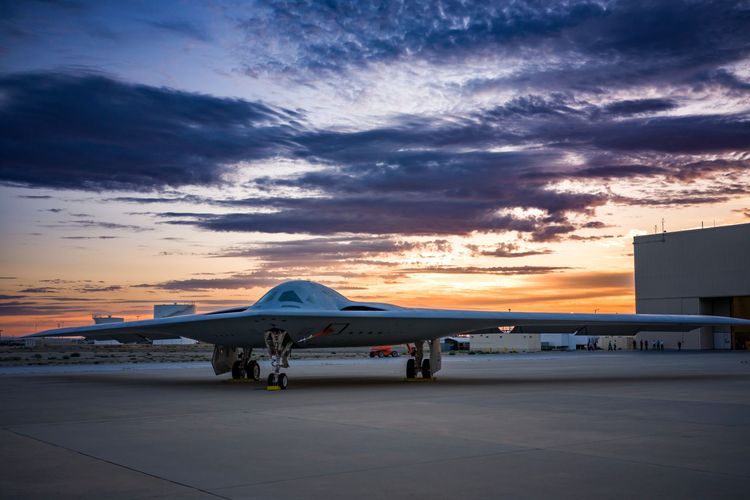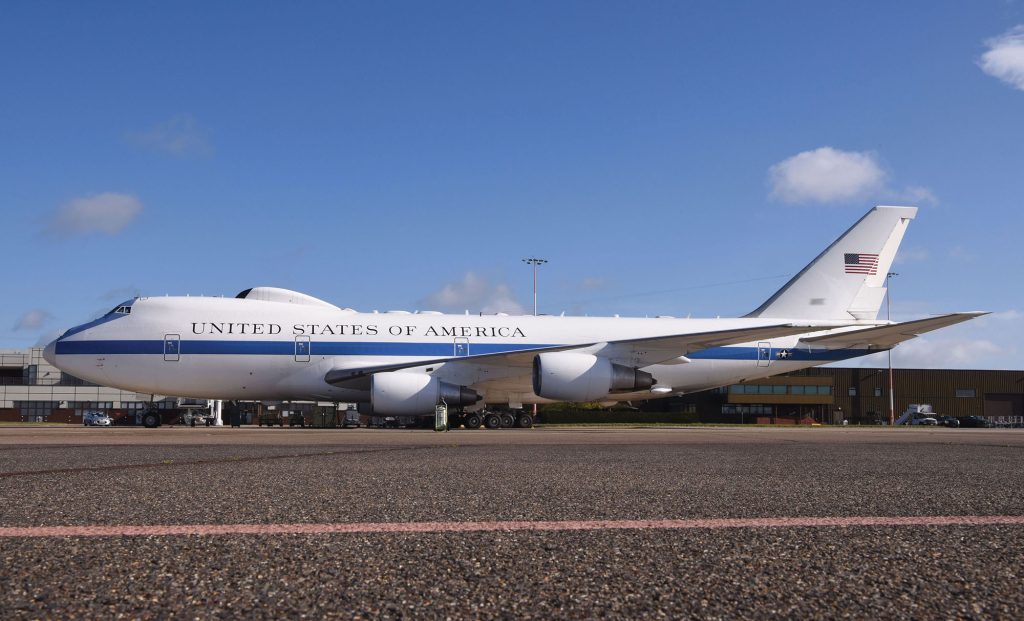A new study argues the Space Force should build its own targeting satellites rather than try to collaborate with the National Reconnaissance Office.
Three years after then-Chief of Space Operations Gen. John W. “Jay” Raymond announced in May 2021 that USSF and the NRO were working together on satellites to track moving ground targets, Todd Harrison of the American Enterprise Institute writes in “Building an Enduring Advantage in the Third Space Age” that the U.S. is ahead of Russia and China in space launch frequency, payload capacity, and satellites in orbit, but risks losing its edge if it fails to “seize this moment and build an enduring advantage in space.”
The risk is especially acute in space-based intelligence, surveillance, and reconnaissance, where bureaucratic processes are holding up progress, Harrison told Air & Space Forces Magazine.
In the three years since the joint Space Force-NRO effort was launched, he said, “They still have not passed Milestone B, and Milestone B is actually the formal start of the acquisition process…. they haven’t actually started the program yet. What that tells me is the traditional acquisition process and all the interagency coordination that they’re doing has effectively lost us three years in the competition. We can’t let that continue.”
Policy, not technology, is the issue, Harrison said. Questions over who will control the satellites and who will have the ability to task them with data collection are keeping things from moving forward.
The NRO and other intelligence agencies have traditionally controlled ISR satellites, but military users have complained that they can’t get data to operators fast enough to use in combat. In recent months, officials from both organizations have indicated they have agreed on a plan for the NRO to lead the acquisition process and for the Space Force and NRO to fly the satellites “shoulder to shoulder,” while combatant commands will have authority to task them.
But reports emerged this week suggesting those issues are not fully resolved. At the GEOINT 2024 Symposium, Space Operations Command Lt. Gen. David N. Miller Jr. used a keynote address to insist military operators must have direct access to targeting data, without it being filtered and possibly delayed by intelligence agencies, according to SpaceNews. Meanwhile, Vice Adm. Frank Whitworth, the director of the National Geospatial-Intelligence Agency, told Breaking Defense that raw targeting data needs to be processed to help operators make sense of it.
Harrison said the debate risks obscuring two fundamentally different needs.
“The NRO has its mission: It’s strategic intelligence, it’s indications and warnings, it’s keeping track of the big picture stuff, the critical stuff that the whole intelligence community and national security enterprise needs,” he said. “Tactical ISR is different. It’s about supporting the warfighter down at the lowest echelons of force structure. We ought to have a capability where a Soldier in the field with a Link 16 radio can task a collection on a satellite and receive the processed data back down on that Link 16 radio.”
That inherent difference is why his report argues that “it is time for the Space Force to move ahead independently of the NRO to develop a tactical ISR capability that is owned and operated by the Space Force.”
Harrison said the Space Development Agency is well positioned to take on that task. SDA already is building USSF’s Proliferated Warfighter Space Architecture, having awarded contracts for more than 450 satellites in low-Earth orbit. Including missile tracking/missile warning, communications, and data transport missions, those satellites have begun to be deployed, and the program will continue launches over the next five years.
The PWSA also includes plans for a “Custody Layer,” which would leverage data transport satellites to connect with other ISR spacecraft to more rapidly move their information around the globe.
Harrison suggested that Custody Layer could be expanded to include ISR satellites for targeting, following SDA’s proven model of acquiring and launching satellites in “tranches” to rapidly gain capability while proving and enhancing systems over time.
“That [approach] will start getting capability up there within a few years, and the NRO can continue doing what they want to do,” he said.
With the Space Force focused on tactical ISR for the warfighter in lower orbits, Harrison said, the NRO should continue to focus on strategic intelligence, using the U.S.’s emerging super-heavy launch vehicles like SpaceX’s Starship to launch mammoth specialty satellites in geostationary orbit.
“Your ability to sense is directly a function of the size of the aperture you can put up and the power level of the satellite,” Harrison said. “So it’s all about size and weight. And we’re uniquely going to have the super-heavy launch capability that China and Russia and others are not going to have for at least a decade.”
The Space Force fears that such large, exquisite satellites risk becoming high-value targets in a conflict, but Harrison said they remain highly valuable in a state of competition and could help deter conflict when deployed in conjunction with more proliferated architectures.
Yet Harrison is not ignoring smaller satellite opportunities. Noting that Phase 3 of the National Security Space Launch program will include opportunities for smaller launch providers, Harrison argues for encouraging still greater competition by allowing providers to be certified on a rolling basis, rather than once annually, and contracting for launches individually, instead of assigning multiple launches at a time to individual launch vendors, such as SpaceX and ULA.
